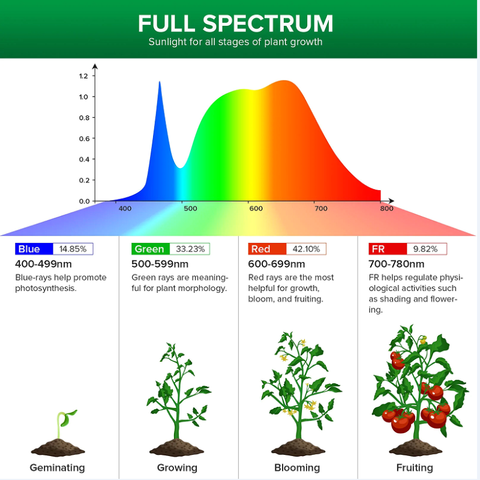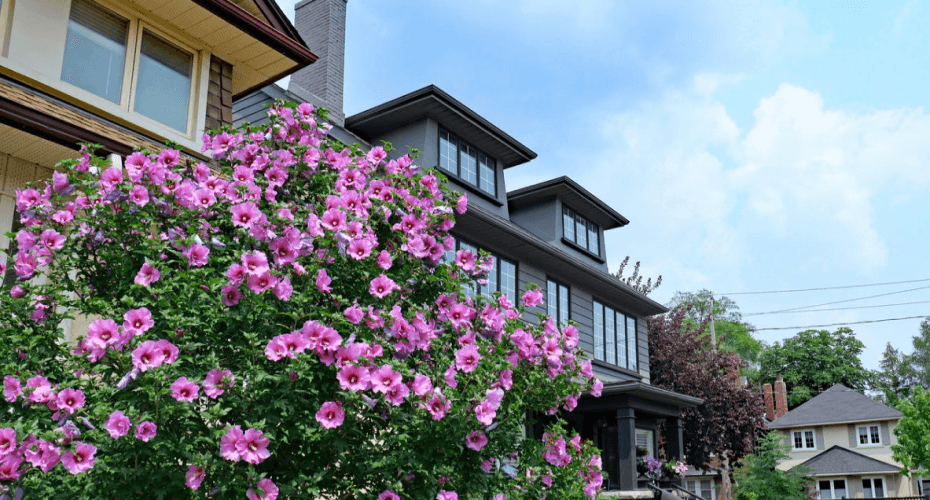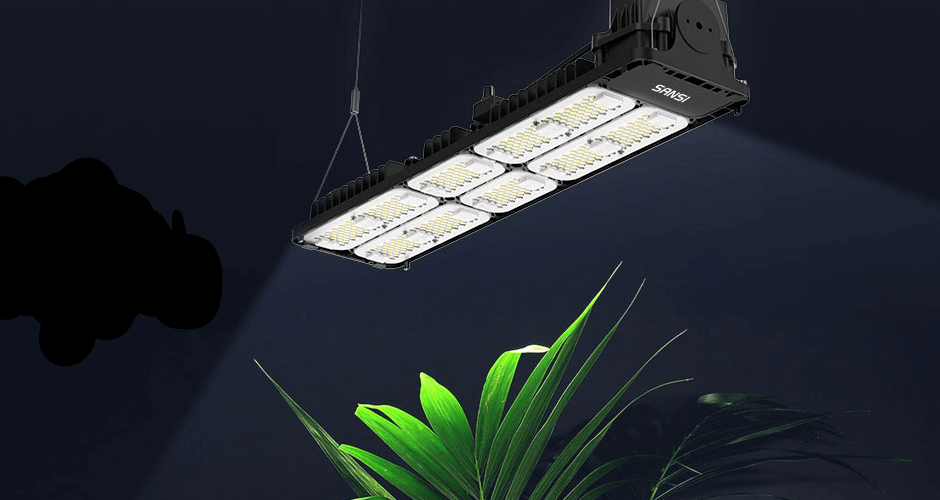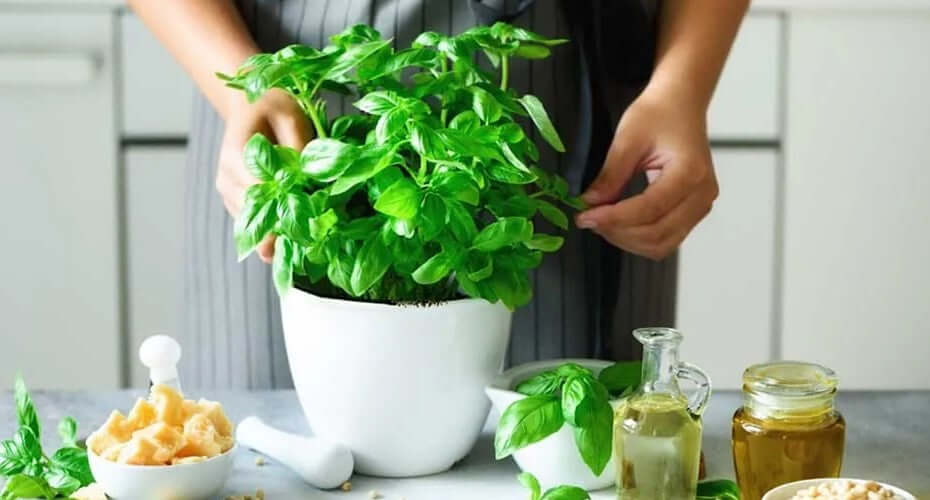Growing hibiscus indoors can be a wonderful way to bring color andlife into your home. However, not all hibiscus varieties are suitable for indoor cultivation. In this blog post, we will discuss the types of hibiscus that are ideal for indoorgrowing and how to care for them.

Types of Indoor Hibiscus
There are several types of hibiscus, but not all of them are suitable for indoor growing. For instance, the tropical hibiscus, which is commonly found in outdoorgardens, does not fare well indoors as it requires high humidity, bright light, and warm temperatures. However, there are several hibiscus varieties that are well suited for indoor cultivation.
One of the most popular indoor hibiscus varieties is the Chinese hibiscus (Hibiscus rosa-sinensis). This variety has large, colorful flowers that bloom continuously and can thrive in the warmth and humidity of indoor environments. Other popular indoor hibiscus varieties include the dwarf hibiscus, the Hawaiian hibiscus, and the rose of Sharon.

Water and fertilize regularly
Hibiscus plants require regular watering to keep the soil moist but not waterlogged. Make sure the pot has good drainage and water the plant when the top inch of soil feels dry. It’s best to do a touch test before watering, and establish a watering routine based on that. Fertilize your hibiscus plant every two weeks with a balanced fertilizer. Hibiscus plants are heavy feeders and need regular fertilization to produce healthy growth and vibrant flowers.
Maintain proper humidity levels
Hibiscus plants thrive in humid environments, so it is important to maintain proper humidity levels. You can place a tray of water near the plant to increase humidity levels or use a humidifier. Avoid placing your hibiscus plant near air conditioning or heating vents, as this can cause dry air that can damage the plant.
Prune regularly
Regular pruning will help keep your hibiscus plant healthy and promote new growth. Prune back any dead or yellowing leaves and pinch back the tips of the plant to encourage branching. Hibiscus plants can also be pruned to control their size and shape.
Provide adequate lighting
To grow indoor hibiscus successfully, you need to provide them with the right conditions. These plants need bright light, high humidity, and warm temperatures to thrive.You can achieve this by placing your hibiscus near a south-facing window or using a led grow light.
The SANSI 36W plant light is an excellent option for indoor hibiscus because it imitates the solar spectrum, providing a full-spectrum supplementary light program that covers the entire visible spectrum of 400nm-780nm. This light has a color rendering index Ra that is close to 100,
which means that it is infinitely close to natural light, making it suitable for every cycle of plant growth. And it is also very easy to install.



Conclusion
Growing hibiscus indoors can be a delightful way to add color and vibrancy to your home. However, not all hibiscus varieties are suitable for indoor cultivation. To grow indoor hibiscus successfully, provide them with the right conditions, including bright light, high humidity, and warm temperatures. Additionally, using grow lights such as the 36W plant light can help your indoor hibiscus thrive. Its features such as the 4000K daylight, full spectrum, and easy intallation make it an excellent option for indoor hibiscus cultivation.
Full Guide – How to Choose the Right LED Grow Light for Indoor Plants
How Can Blue and Red Light Help Indoor Plants?
How Can A Full Spectrum Grow Light Affect Your Plants Grow?



